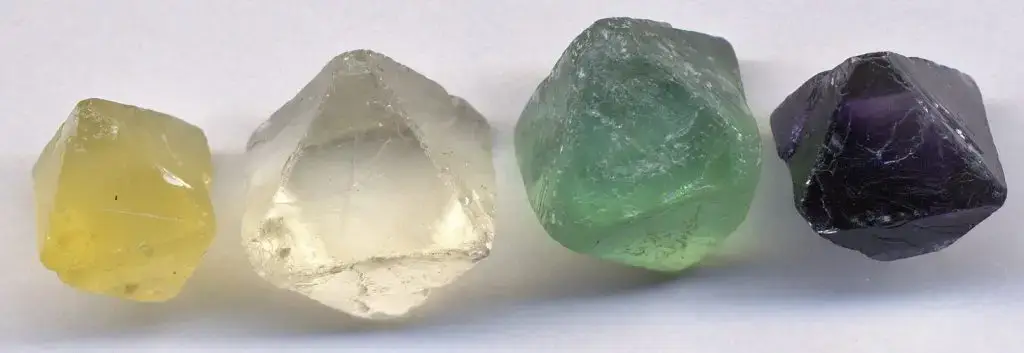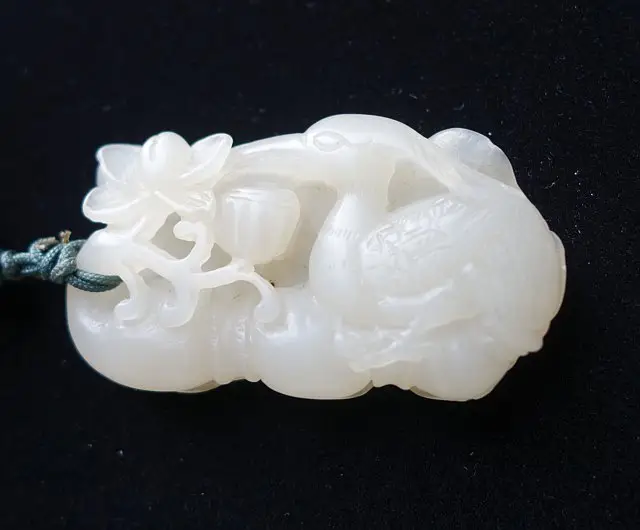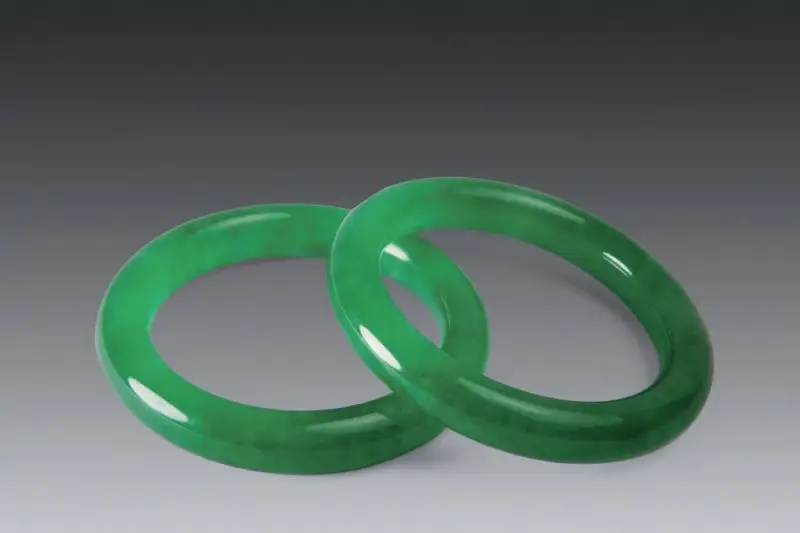The origins of the various names of fluorite
- The Chinese scientific name “螢石(yíng-shí)”: This name is derived from the fact that fluorite often emits blue-green fluorescence or phosphorescence when exposed to ultraviolet light.
- The English name “Fluorite” originates from the Latin word meaning “to flow,” because fluorite has a low melting point and easily melts when heated, exhibiting fluidity.
- Fluorite, also known as “fluorspar”, is named for its composition of calcium[CaF] fluoride.
Fluorite belongs to the isometric crystal system, and its crystal formation is often influenced by the temperature, pressure, and fluid chemistry of its growth environment. Common crystal shapes include the cube, octahedron, and dodecahedron. Typically, fluorite forms cubic crystals at lower temperatures and octahedral crystals at higher temperatures.

Fluorite comes in a wide variety of colors, including transparent, blue, green, purple, yellow, and red. There is also a type known as “Blue John” fluorite, which features different colored bands on the same crystal, similar to agate. This variety of colors is mainly due to the presence of different minerals absorbed by the hydrothermal fluids containing calcium fluoride as they flow into rock fissures at high temperatures.
Discoloration of fluorite

Fluorescence and Phosphorescence: Fluorite exhibits fluorescence or phosphorescence due to the presence of transitional or rare earth elements. The most common fluorescence color is blue, while other fluorescent colors include yellow, green, red, purple, and white.
- Fluorescence Effect: When the ultraviolet light or other light source is removed, the fluorescence immediately disappears.
- Phosphorescent Effect: When the ultraviolet light or other light source is removed, the object continues to emit light for a certain period of time
Example: https://www.youtube.com/watch?v=nBfijNvzjlA
Color Change: A small number of fluorite specimens exhibit color change due to trace amounts of transitional elements (iron, vanadium) or rare earth elements (yttrium, niobium, samarium) within them. These fluorites typically appear indigo under fluorescent light and purple under incandescent light.
Example: http://catalog.digitalarchives.tw/item/00/45/7c/2e.html
- Color Change Effect: When a mineral’s color changes due to the angle of light or the wavelength of the light source, it is referred to as the color change effect, also known as Aventurescence.

(Figure 1) 3
Fluorite
- Crystal system: equiaxed crystal system
- Hardness: 4
- Specific gravity: 3.18
- Luster: Vitreous luster
- Transparency: transparent to translucent
- Color: Various colors, commonly green or blue
- Index of refraction: 1.433~1.435
- Birefringence: None
- Fluorescence: Multiple variations
- Cleavage: Complete octahedral cleavage
- Characteristics: commonly seen negative crystals, developed cleavage, high specific gravity
- Imitations: glass, amethyst
The commercial value of Fluorite
Industrially
Compared to its use in jewelry, fluorite also plays a significant role in metallurgy, optics, and electronics.
Metallurgy: The lowest grade, “metallurgical grade fluorite (60-85%CaF2)”, is traditionally used as a flux to lower the melting point of raw materials in steel production, helping to remove impurities, and later used in aluminum production. The intermediate grade, “ceramic grade fluorite (85-95%CaF2)” is used to produce opal glass, enamel, and cookware. The highest grade, “acid grade fluorite (with over 97% CaF2)”, accounts for about 95% of fluorite consumption in the United States and is used to produce hydrofluoric acid by reacting fluorite with sulfuric acid.
Optics and Electronics: Calcium fluoride is commonly used as a window material for infrared and ultraviolet wavelengths because it is transparent in these regions (approximately 0.15 µm to 9 µm) and has a very low refractive index variation with wavelength. Additionally, lenses made from calcium fluoride have excellent optical qualities, particularly in terms of dispersion resistance. Due to their low dispersion, these lenses exhibit minimal chromatic aberration, making them highly valuable in microscopes and telescopes.
Ornamental
Fluorite is generally not suitable for everyday wear due to its relatively low hardness and toughness, making it more of a gemstone for viewing and collecting. There are two main approaches to selecting fluorite: one is choosing faceted gemstones, and the other is selecting phenomena stones (fluorescence, phosphorescence, color change). For faceted fluorite, visual flawlessness is an important criterion. Ideally, the stone should have perfect cleavage and few inclusions to increase its hardness. Green is the most common color, followed by blue, with red, purple, and yellow being rarer. Stones with multiple colors in the same crystal are highly prized. For phenomena stones, phosphorescence and color change are considered more desirable than fluorescence.
In ancient times, the famous “Bright Moon Pearl” and “Night Glowing Pearl” were actually made of fluorite that glows at night.
Fluorite is difficult to maintain due to its perfect cleavage and low hardness and toughness. It should not be scratched, bumped, or exposed to large temperature differences, as these can cause it to crack. There is a common belief that soaking fluorite in hot water can make it glow, but in reality, this practice can cause the fluorite to crack along its cleavage planes and should be done with caution.
Follow Honway to learn more about the characteristics of gemstones~
Photo Credit:
- Ser Amantio di Nicolao,https://commons.wikimedia.org/wiki/File:Fluorite_-_dioctahedral_cleavage_pieces.jpg ↩︎
- RKBot,https://commons.wikimedia.org/wiki/File:Fluorite-Quartz-226207.jpg ↩︎
- G.dallorto,https://commons.wikimedia.org/wiki/File:9104_-Milano–Museo_storia_naturale–Fluorite-_Foto_Giovanni_Dall%27Orto_22-Apr-2007.jpg ↩︎


